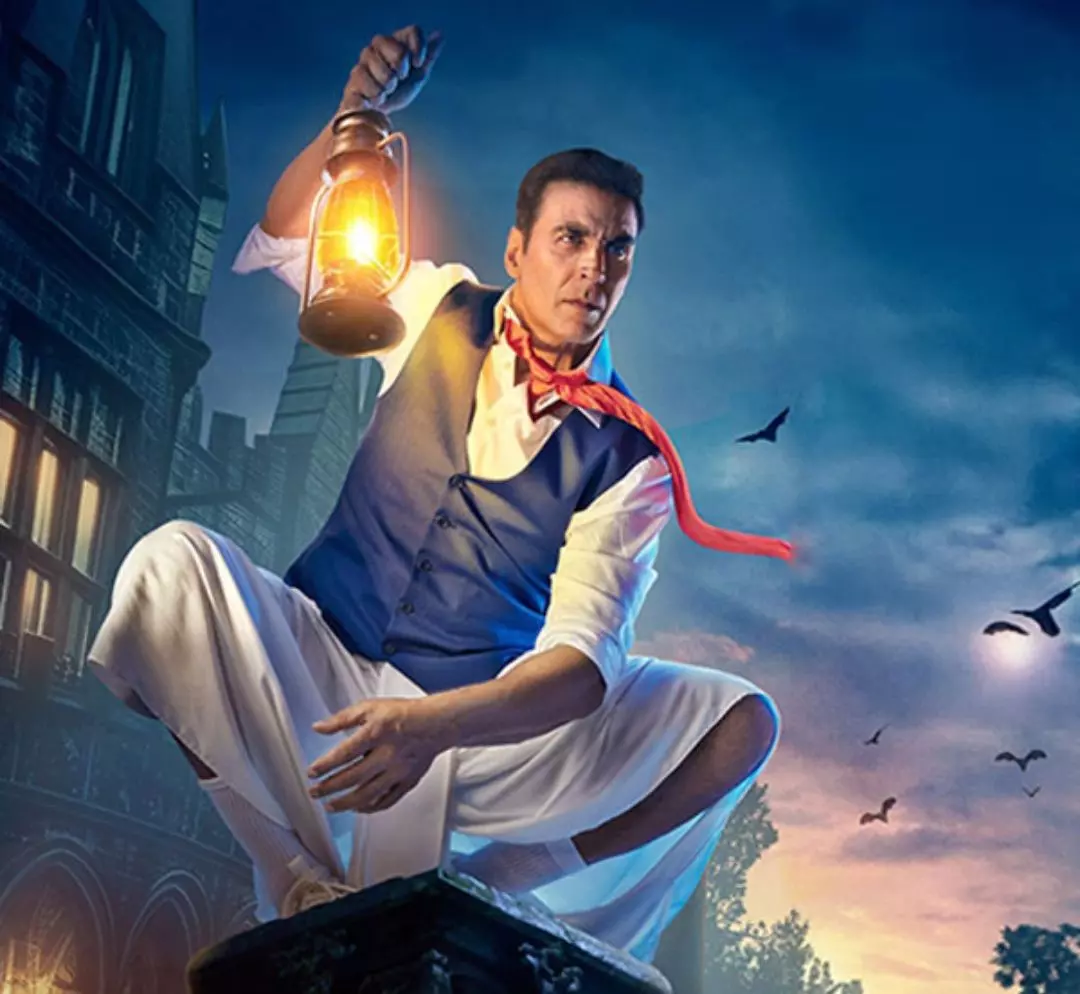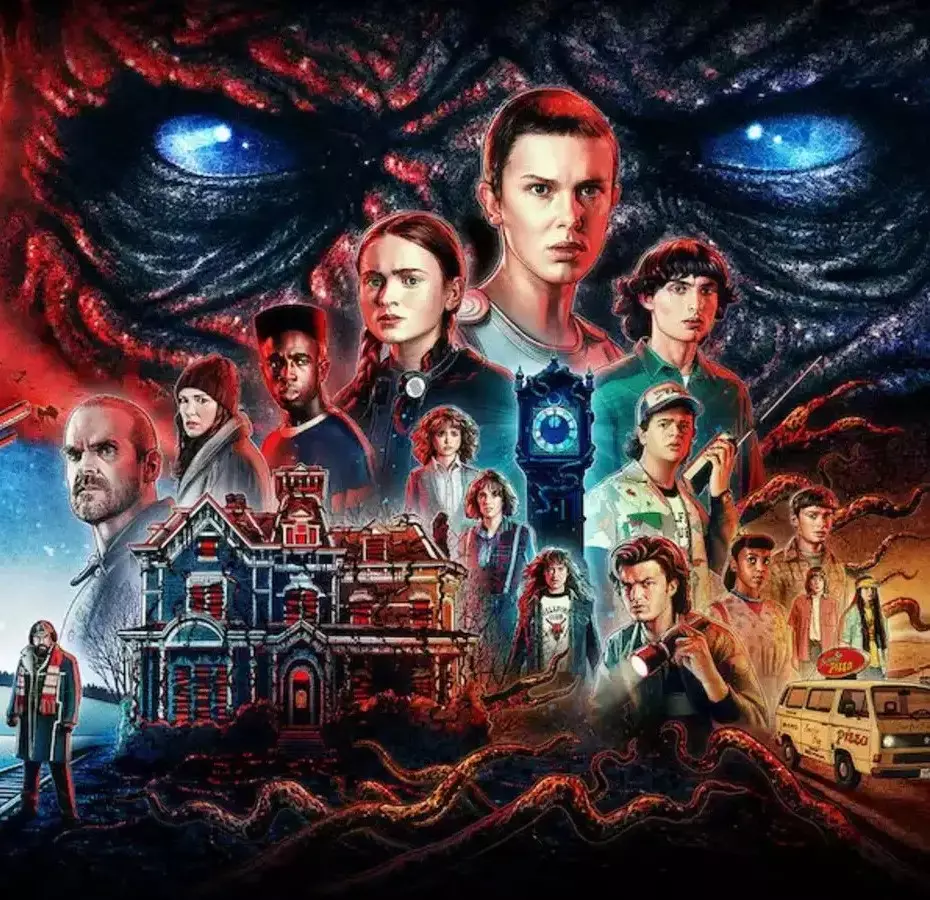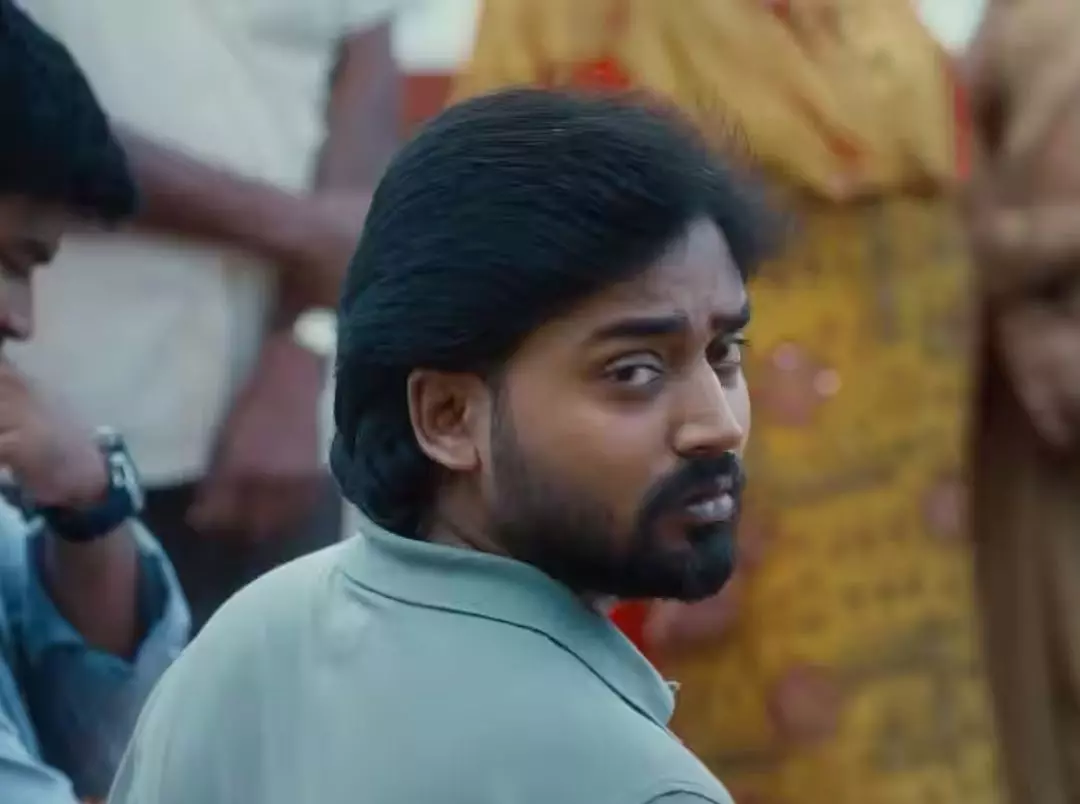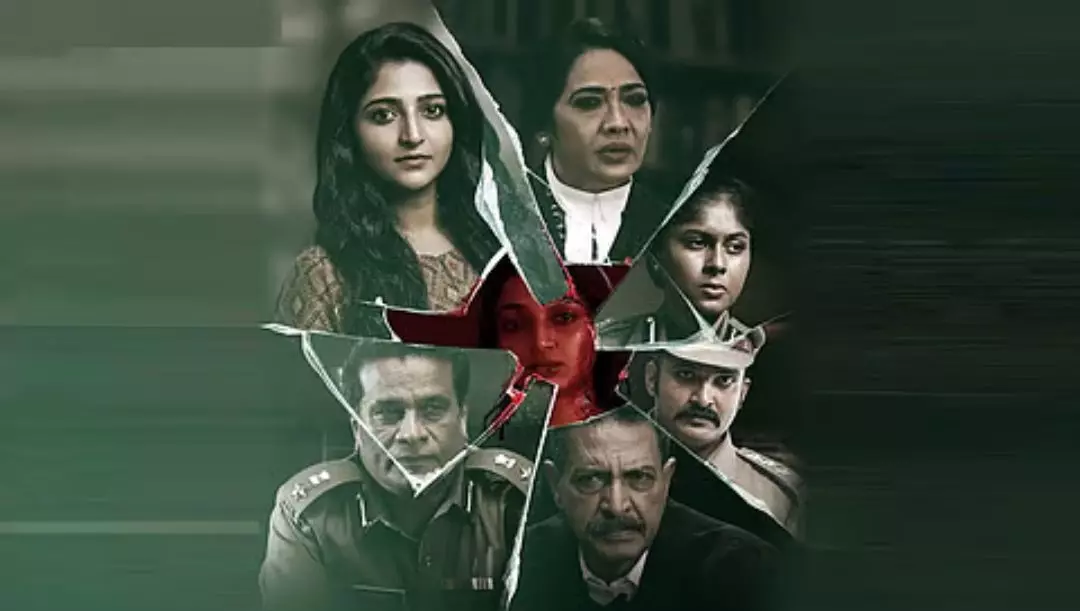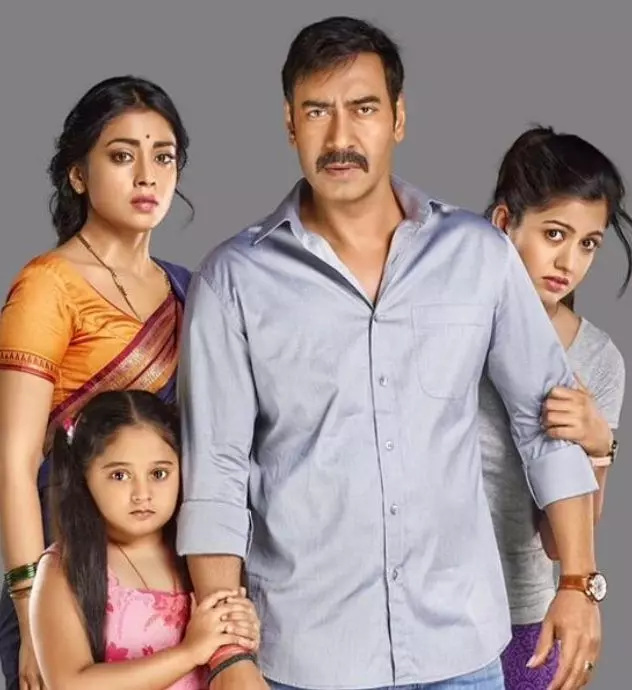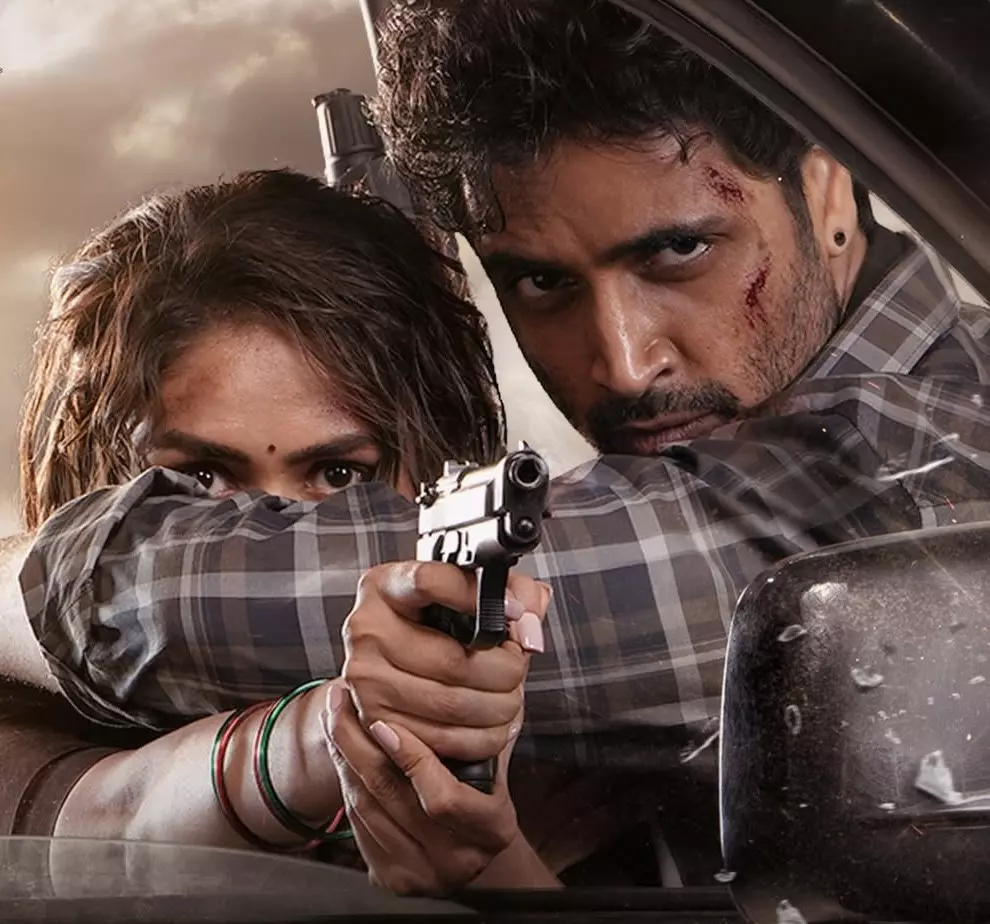Table of Content
Bharatanatyam, one of India’s oldest classical dance forms, originated in Tamil Nadu and carries a rich cultural and historical significance. Known for its grace, precision, and storytelling through expressive gestures, Bharatanatyam showcases the heritage of South India. Central to this dance form is the attire, make-up, and ornaments, which not only enhance the aesthetic beauty of the performance but also convey the cultural values rooted in this art form. Let’s delve into the history of the Bharatanatyam dress, the traditional make-up, and the ornaments that complete the dancer's ensemble.
The History of Bharatanatyam Dress
The Bharatanatyam costume has evolved over centuries but remains inspired by ancient temple sculptures and traditions. Historically, Bharatanatyam was performed by Devadasis, or temple dancers, who wore simple yet elegant attire. The traditional costume was designed to allow fluid movements while maintaining modesty, embodying both beauty and grace.

In the early days, the costume consisted of a sari draped in a unique manner that allowed freedom of movement. This draping style, known as the sadhir attire, was simple, accentuating the elegance of the dance. Over time, the Bharatanatyam costume evolved to include the pyjama-style pants with pleats, known as the thavani or pavadai system, designed for additional comfort and to highlight the dancer's postures.
Today’s Bharatanatyam dress has distinct pleats in the front that open up like a fan during specific movements, adding grace to the dancer's expressions. The costume often includes a fitted blouse, an apron-like piece in the front, and additional pleats that resemble a traditional sari. These costumes are typically made from silk or silk-blend fabrics in bright colors, often adorned with rich gold or silver borders, embodying a traditional and royal look.
Elements of Bharatanatyam Make-up
Make-up in Bharatanatyam is not just about enhancing beauty; it’s about emphasizing facial expressions so that the audience can clearly understand the emotions portrayed by the dancer, even from a distance. Each element of Bharatanatyam make-up has significance:

- Base Foundation: A thick foundation is applied to create an even skin tone and highlight facial features under stage lighting.
- Bold Eye Make-up: The eyes are the most expressive feature in Bharatanatyam, used extensively to convey emotion. Kohl or black eyeliner is applied to line the eyes heavily, often extending beyond the eye’s natural boundary to create a dramatic look. Kajal is also applied to make the eyes look larger and more defined.
- Red and White Dots: Red and white dots are placed around the eyes and on the forehead to accentuate expressions. These are traditional in many Indian classical dance forms and help define the dancer's facial contours.
- Bold Lips: Dark lipstick, usually in shades of red or maroon, is used to make the lips stand out, enhancing expressions of happiness, sadness, or anger as required by the performance.
- Bindi and Sindoor: A bindi, usually in red, is applied on the forehead, along with sindoor (vermilion) along the hair parting. This traditional element signifies cultural heritage and adds to the dancer’s divine appearance.
Traditional Bharatanatyam Ornaments
Bharatanatyam dancers wear unique ornaments, crafted specifically for this dance form. These ornaments are more than accessories; they symbolize devotion to Hindu deities and add a sense of grandeur to the performance. Here’s a look at some of the essential ornaments:
- Maang Tikka (Head Ornament): This intricate ornament is worn in the center parting of the hair and symbolizes the dancer’s dedication to the divine. The maang tikka usually has a central gem or pendant that rests on the forehead.
- Netti Chutti (Forehead Ornament): This decorative piece lies along the forehead line, accentuating the dancer’s facial features. It complements the maang tikka and adds a divine aura to the face.
- Jhumkas (Earrings): The large, intricate jhumkas are essential in Bharatanatyam. They sway with the dancer's movements, adding rhythm and emphasizing the dancer’s head gestures.
- Nose Ring (Nath): A small, decorative nose ring, usually embellished with pearls or gems, is often worn, enhancing the traditional look.
- Haaram (Necklaces): Dancers typically wear two or three necklaces, including a choker and a longer necklace. The choker sits close to the neck, while the longer necklace, known as haar, rests on the chest. These necklaces symbolize the spiritual connection between the dancer and the divine.
- Vanki (Armlets): Vanki, or armlets, are worn on both arms and add elegance to the dancer’s hand gestures. These ornaments often feature intricate designs and gemstones.
- Kamarbandh (Waist Belt): A waist belt made of gold or other metals holds the costume in place and adds grace to the dancer’s movements. It is also a symbol of femininity and beauty.
- Anklets (Ghungroos): Anklets with bells, called ghungroos, are crucial in Bharatanatyam. The sound of the bells is integral to the dance, as they highlight the rhythm and timing of foot movements, enhancing the overall performance.
Significance of the Bharatanatyam Attire, Make-up, and Ornaments
The attire, make-up, and ornaments in Bharatanatyam are not merely for decoration; they embody the dancer’s devotion to art and spirituality. The costume’s design highlights the dancer’s fluid movements, while the make-up and ornaments accentuate expressions and gestures. Together, they bring the stories of ancient Hindu epics to life, helping the dancer connect with the audience on an emotional and spiritual level.
The Bharatanatyam dress, make-up, and ornaments have evolved over centuries but remain true to their roots, preserving the dance form’s rich heritage. For every Bharatanatyam dancer, wearing this attire is a matter of pride and a sacred ritual that brings them closer to the divine, making every performance not only an art but a form of worship.
Conclusion
The history, make-up, and ornaments of Bharatanatyam reflect India’s cultural richness and the spiritual depth of this classical dance form. Rooted in tradition, the attire and accessories not only enhance the dancer's aesthetic appeal but also pay homage to the cultural and spiritual heritage that Bharatanatyam represents. Each performance is a celebration of beauty, devotion, and heritage, bringing ancient stories to life through this timeless art form.
.webp)





_1735214375.webp)

